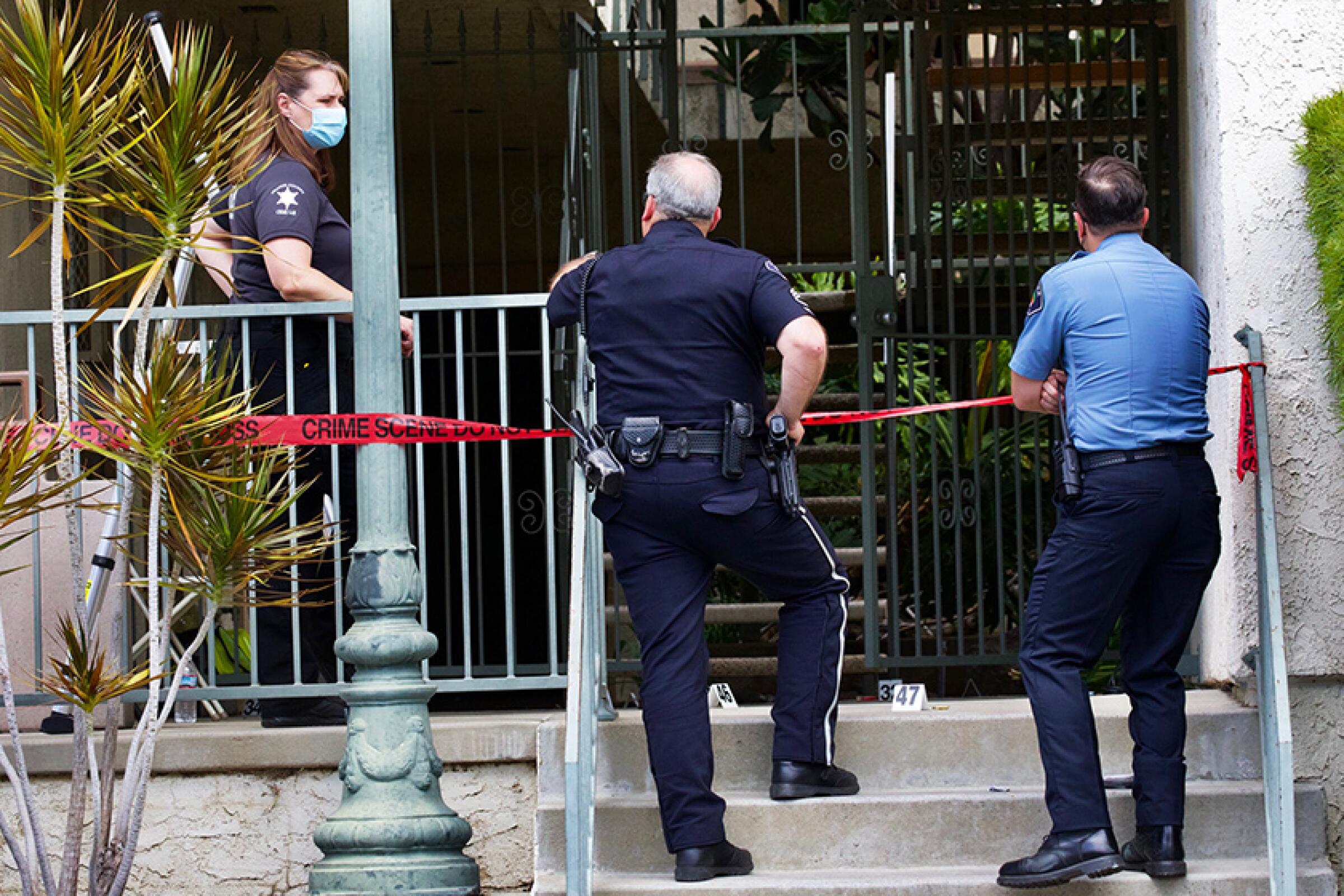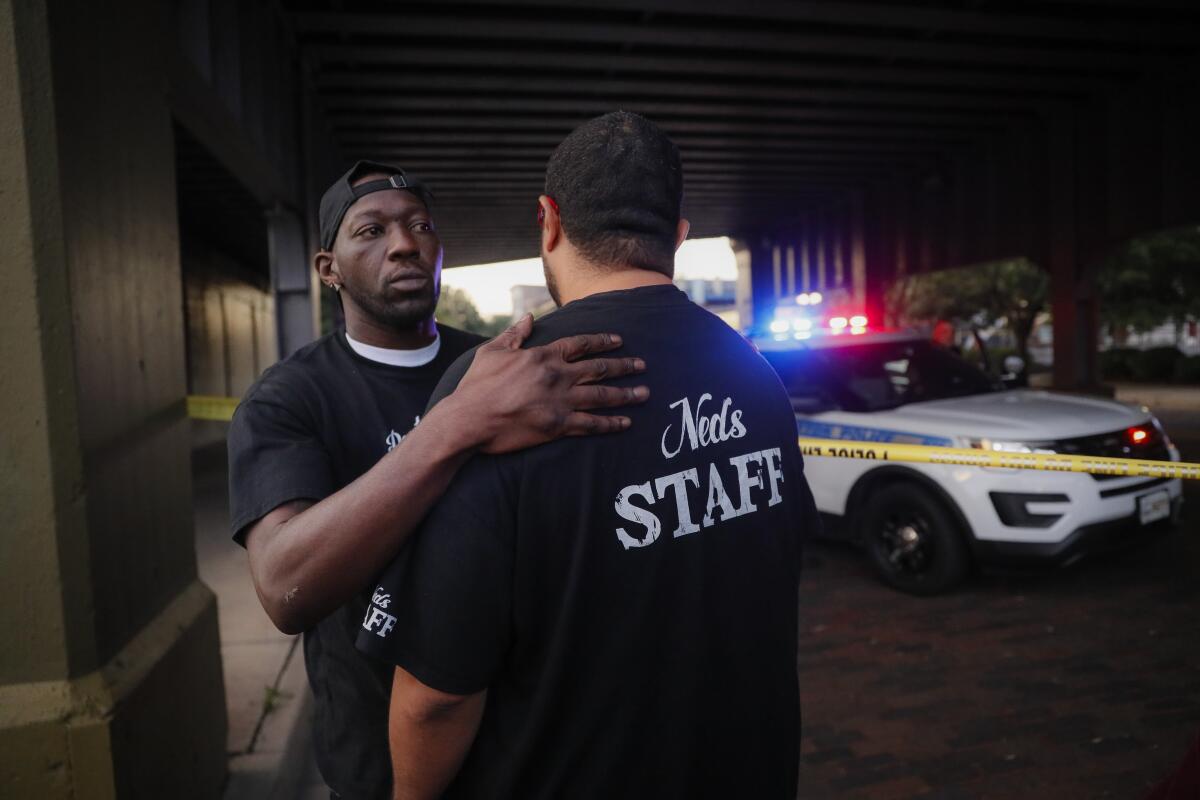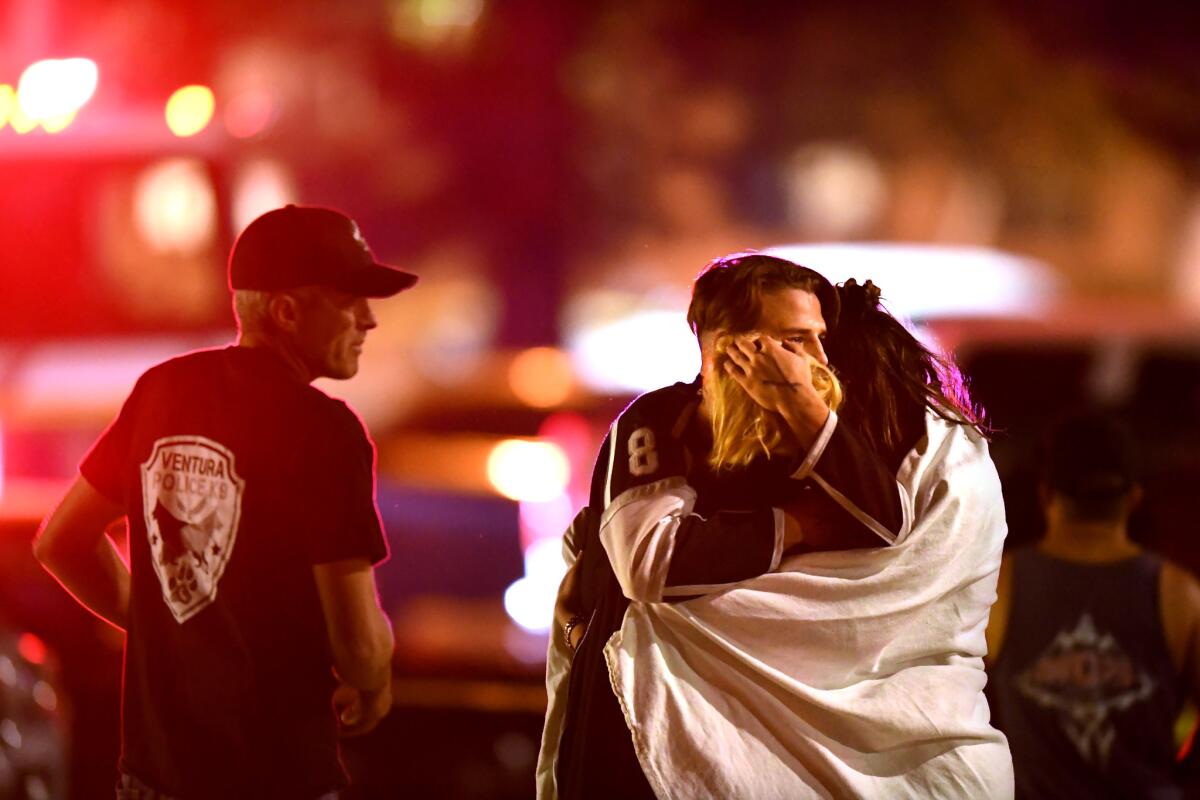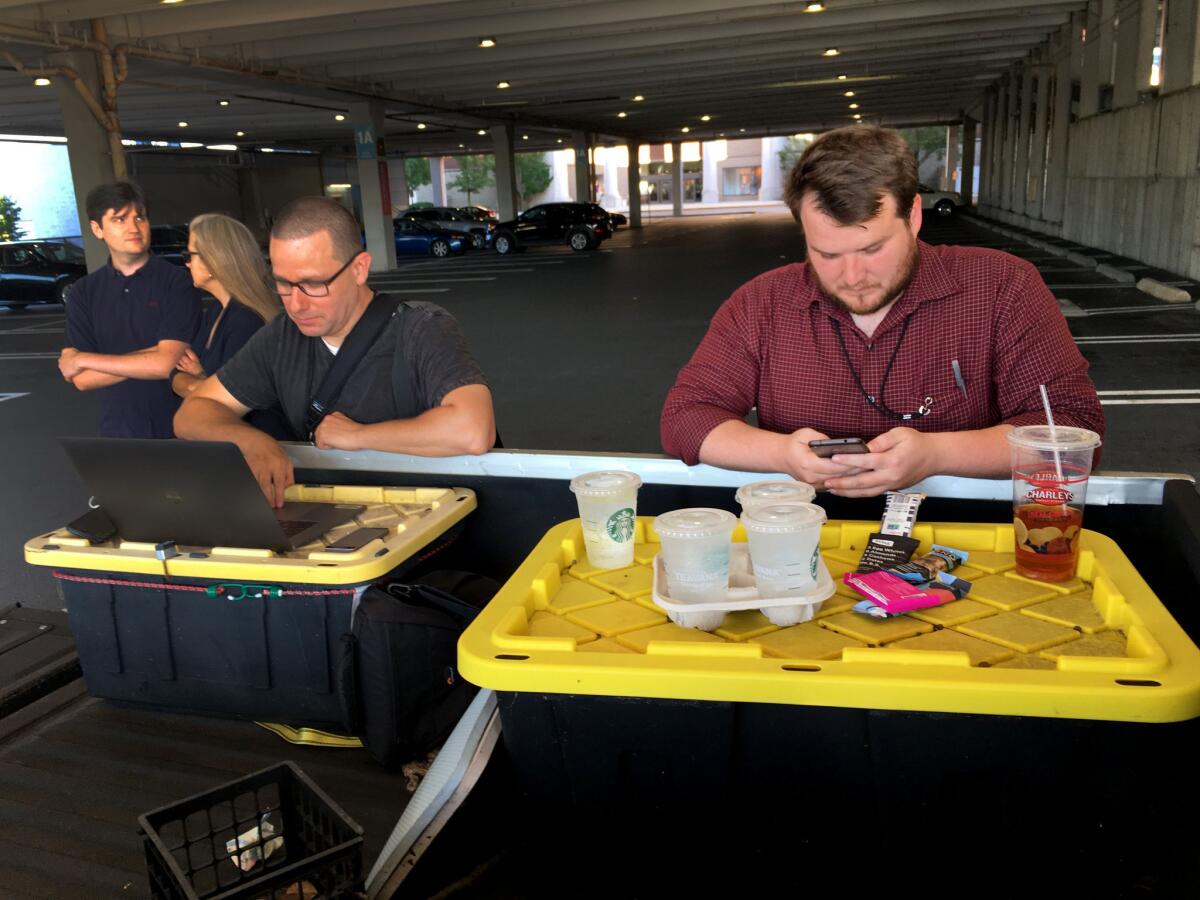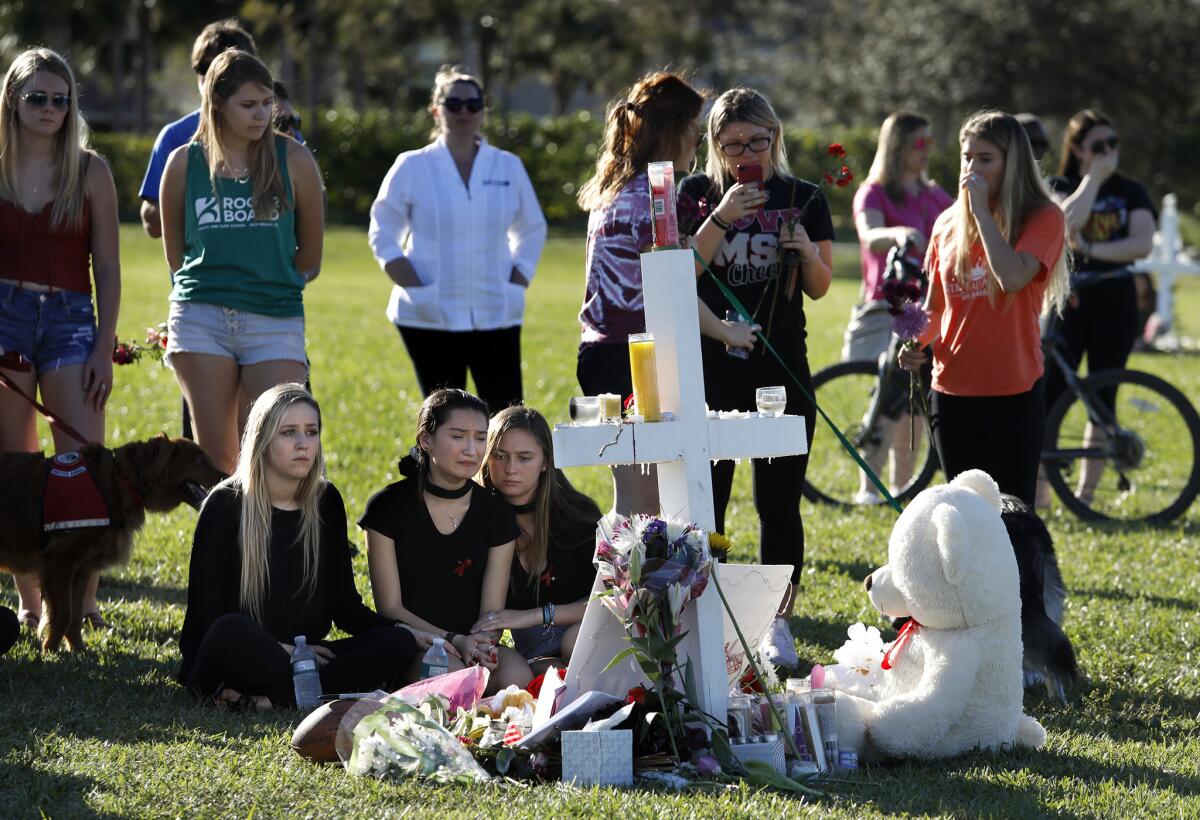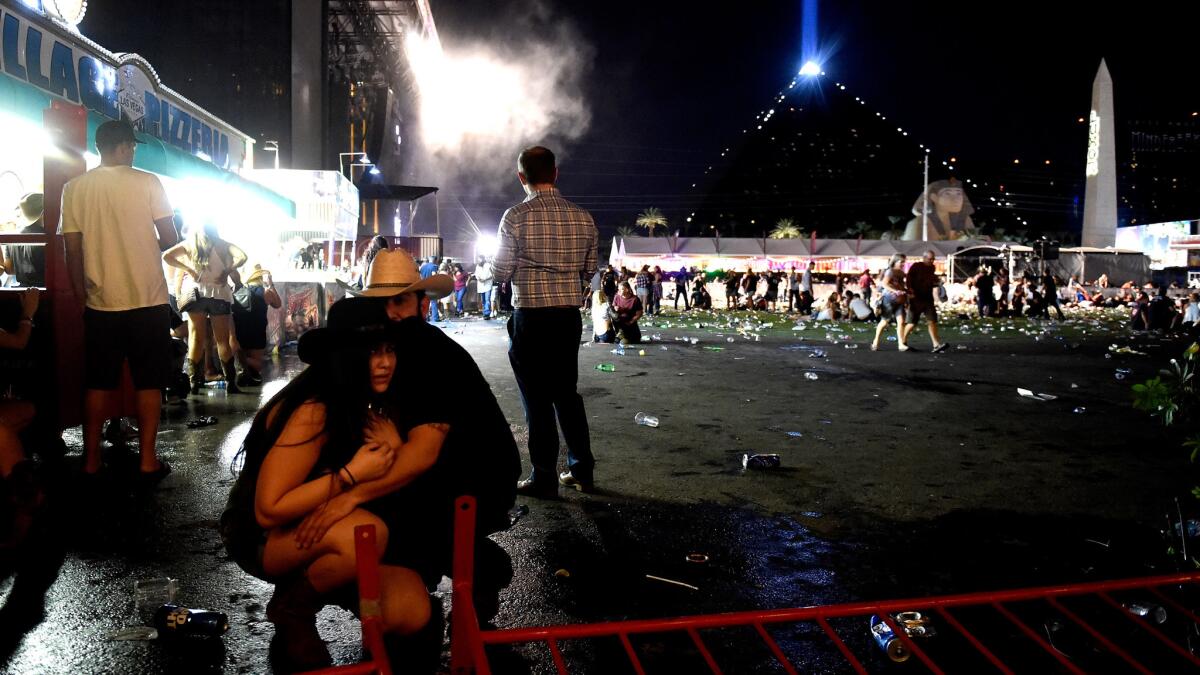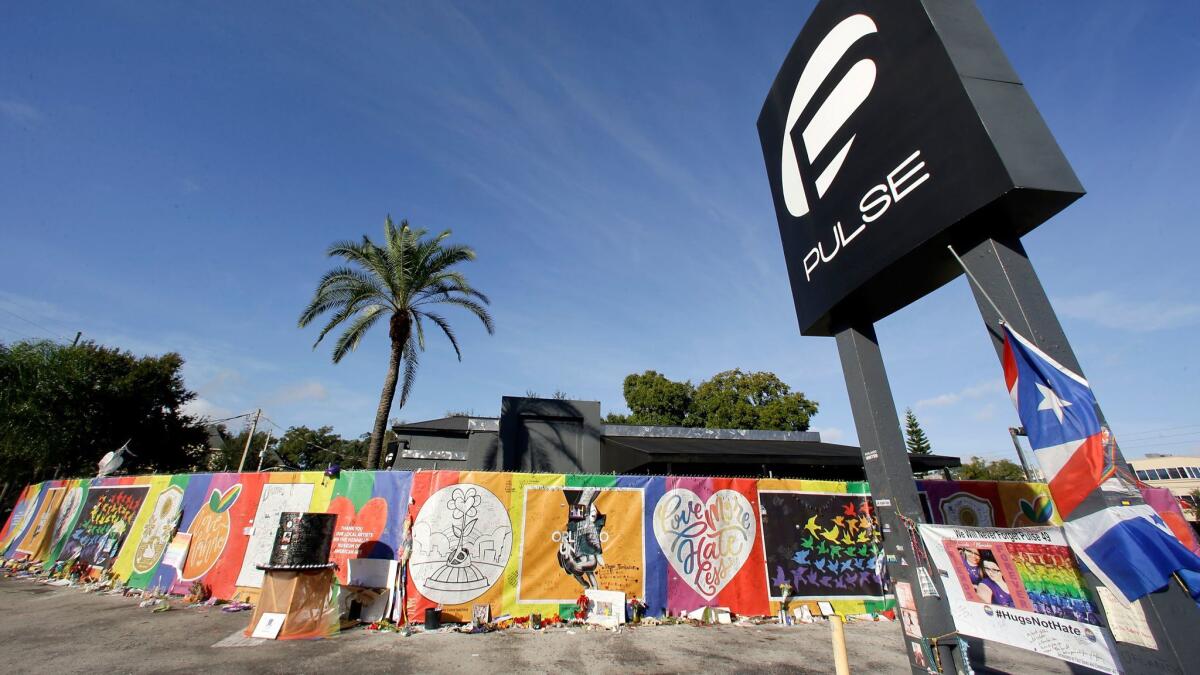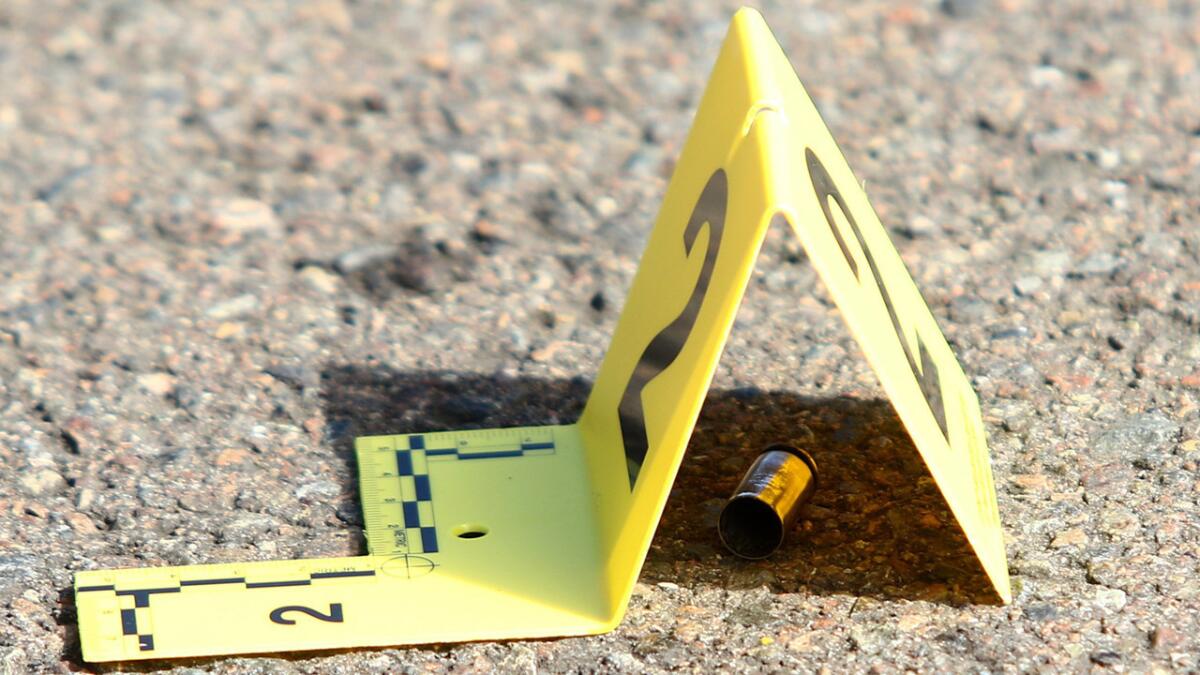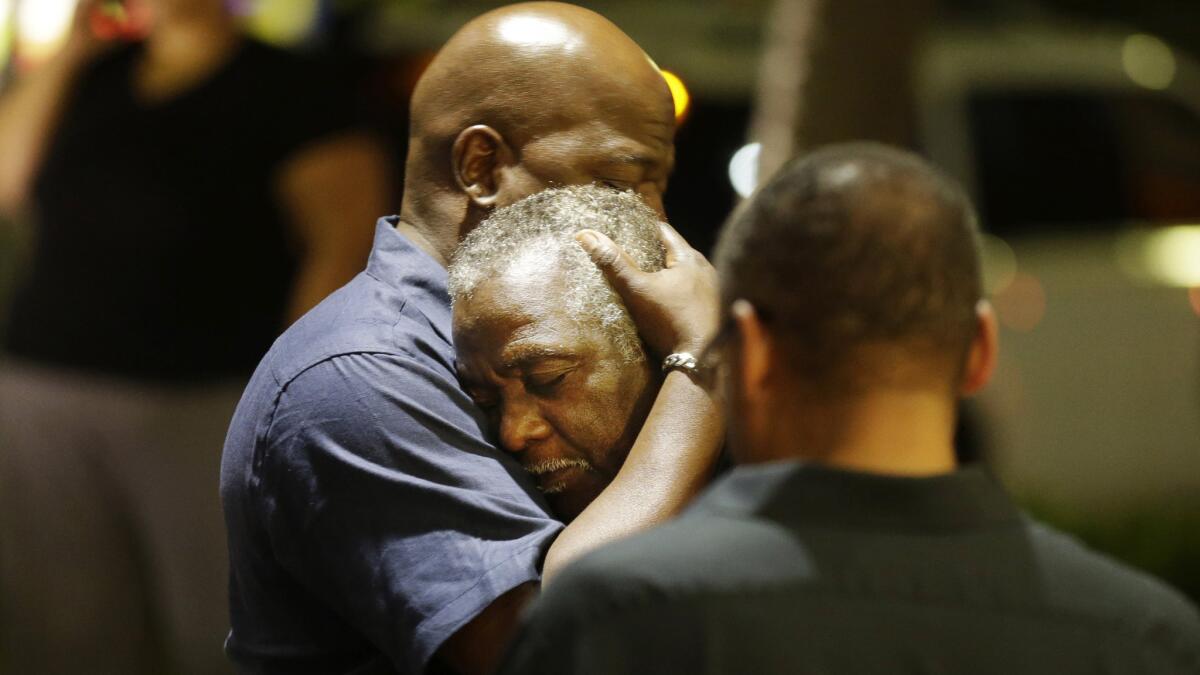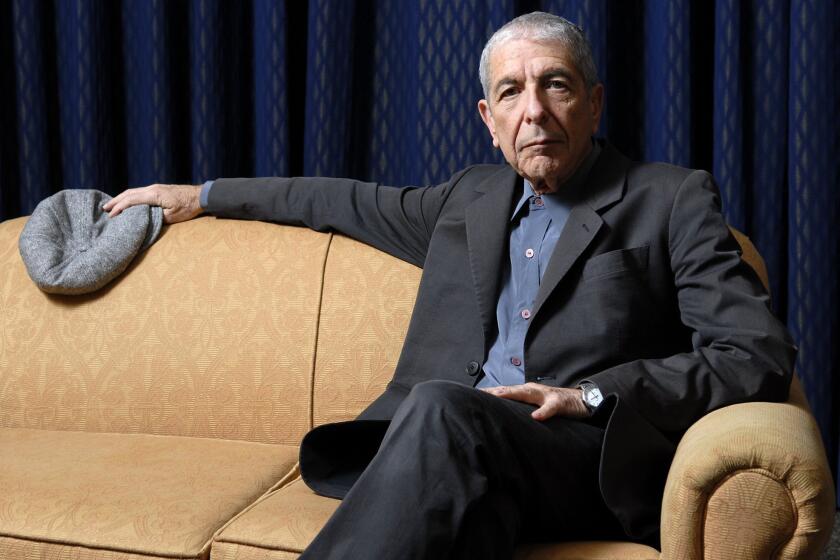Sign up for Essential California
The most important California stories and recommendations in your inbox every morning.
You may occasionally receive promotional content from the Los Angeles Times.
Follow Us
Carolina A. Miranda is a former Los Angeles Times columnist who focused on art and design, with regular forays into other areas of culture, including performance, books and digital life.
Follow Us
Former Los Angeles Times staff writer Melissa Etehad is an Iranian American who enjoys writing about national and international issues. She received her master’s in journalism from Columbia University and a bachelor’s in international affairs from UC San Diego and has reported from the Middle East and Europe. She previously worked at Al Jazeera English and the Washington Post’s foreign desk, where she covered the intersections of politics, religion and gender. She’s a native Farsi speaker.
